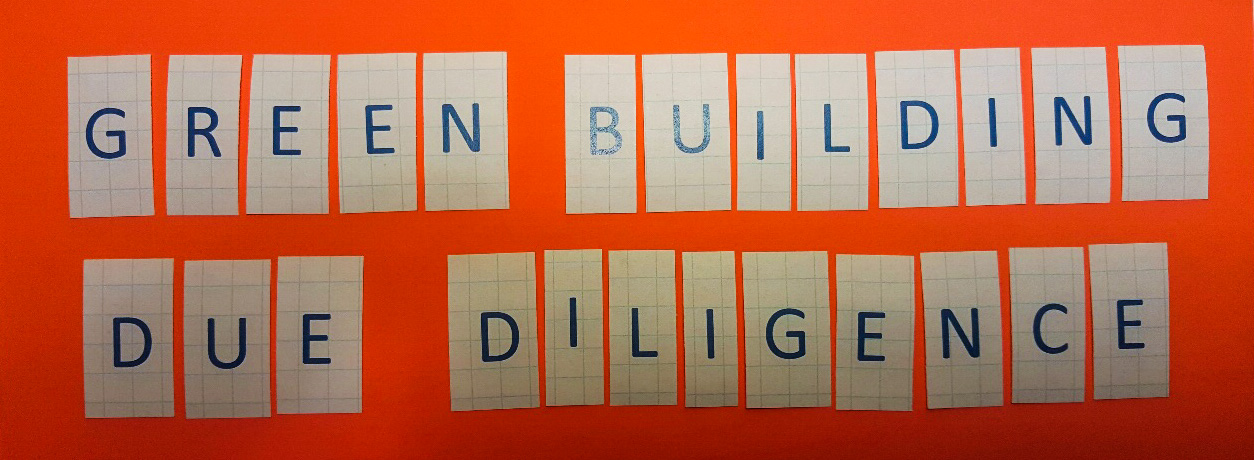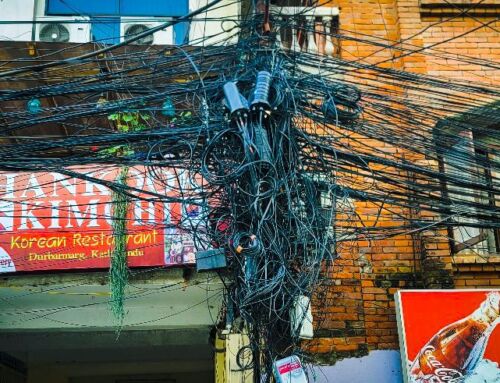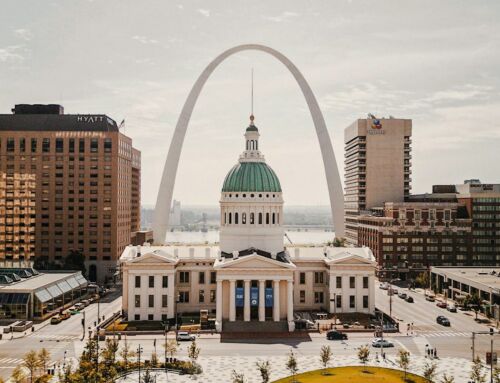View by Topic
Recent Articles
-
Federal Government Finalizes New Efficiency Standards for LightbulbsSaturday, April 13th, 2024
-
2024 IECC is Final After Addressing Preemption IssuesSaturday, April 6th, 2024
-
Settlement Portends Broad Failure in Attempts to Ban Natural GasSaturday, March 30th, 2024
-
SEC Climate Disclosure Rule Stay and Venue Now in the 8th CircuitSaturday, March 23rd, 2024
-
EV Charger Data ApocalypseSaturday, March 16th, 2024
View by Month/Year
“Green Building Law Update” Headlines
Recent Articles & News from
Stuart Kaplow’s blog
at GreenBuildingLawUpdate.com
- Shedding Light on the Future: The Evolution of Lightbulbs in the Wake of New Energy Efficiency Standards April 14, 2024
- 2024 International Energy Conservation Code is Final After Addressing Preemption April 7, 2024
- Settlement Portends Broad Failure in Attempts to Ban Natural Gas March 31, 2024
- SEC Climate Disclosure Rule Stay and Venue Now in the 8th Circuit March 24, 2024
Subscribe to the Green Building Law Update!
Stuart Kaplow brings his expertise and extensive experience to the table with his unique digital publication, "Green Building Law Update". Subscribers receive regular updates to keep them informed about important issues surrounding Environmental Law, Green Building & Real Estate Law, as well as the emerging demand for Environmental Social Governance (ESG).
Get fresh content through the lense of Stuart Kaplow's cutting-edge expertise, innovative commentary and insider perspective. Don't miss another issue! Subscribe below.

Green Building Transactional Due Diligence
As ever larger numbers of green buildings are bought and sold, due diligence related to the green features of commercial buildings takes on an increasing importance.
But apparently most real estate due diligence checklists are stuck in the 1980s and while they address matters ranging from title and zoning to tenants and leases, as well as review of litigation and physical property inspections, many green buildings are being transferred with little if any appreciation of the opportunities or for that matter the risks associated with the “greenness.”
We have seen a surprisingly large number of contemplated transfers of LEED certified buildings where the deliverables at closing do not anticipate including the GBCI Change Of Ownership Agreement. That Agreement is not only required by GBCI such that a new owner is entitled to claim the building is LEED certified, but also so that the new owner can access the project on Arc.
If there is a single issue that arises most often as a surprise, although admittedly it is of only modest dollar impact, if at all, new owners have not been pleased to be learn after the fact that a multi year commitment to purchase green power was a credit achieved for LEED certification. Those new owners that object to any USGBC requirements for continuing reporting of energy data to USGBC, simply choose not to report.
There is no widely accepted standard for green building due diligence, as there is for hazardous materials where the Phase I Environmental Site Assessment ASTM Standard is all but universally utilized. It is curious that Mike Italiano, one of the three founders of the U.S. Green Building Council, was also a co-originator of Phase I ASTM standard.
There are, of course, other environmental matters that are beyond a Phase I, including non-tidal wetlands, but it is clear that green building issues may be material in valuing a property correctly.
As such it is important to use a skilled practitioner to assist with green building due diligence. We regularly assist with these efforts work as well as the associated work of providing opinions of counsel in green building transactions.
A threshold matter is always determining if the property complies will state and local government building codes and other regulatory requirements. An increasing number of jurisdictions have adopted the International Green Construction Code, or some other green code (e.g., CalGreen) or made LEED certification mandatory for private building, and an even larger number of jurisdictions have adopted the International Energy Conservation Code that has the import of imposing high performance building requirements on most building.
Much of the profit associated with green building is often derived from green leases (e.g., a GSA lease mandates an Energy Star score of 75) and reviewing those writings with an eye to greenness is key.
Of course matters of photovoltaic panels on the roof or otherwise are contract matters that need to be appreciated and the economics incorporated into operating budgets as well as tax allocations.
Tax allocations are also a matter to be considered because there are often expedited and special tax treatments of energy efficient and other green features (e.g., the 179D federal tax deduction is an expedited depreciation that a new owner should be aware of). Similarly, there may be local property tax abatements, but most are of limited duration and start date is of import.
There may be other government incentives and such should not only be addressed as a contract term, but also verifiable through due diligence.
Most of our green building due diligence efforts are associated with the sale and purchase of commercial real estate, but we also do work for prospective tenants, for lenders, including those providing green bonds, and others who are concerned about the verifiable greenness of a building.
If we may be able to assist you with green building due diligence do not hesitate to contact Stuart at skaplow@stuartkaplow.com.









